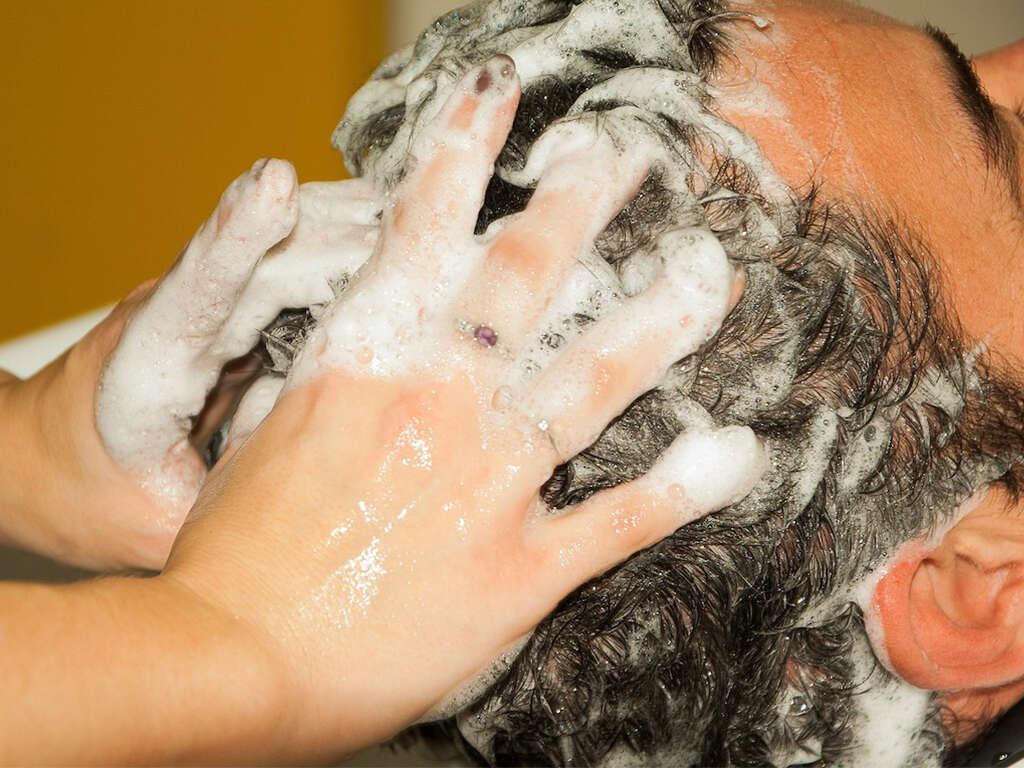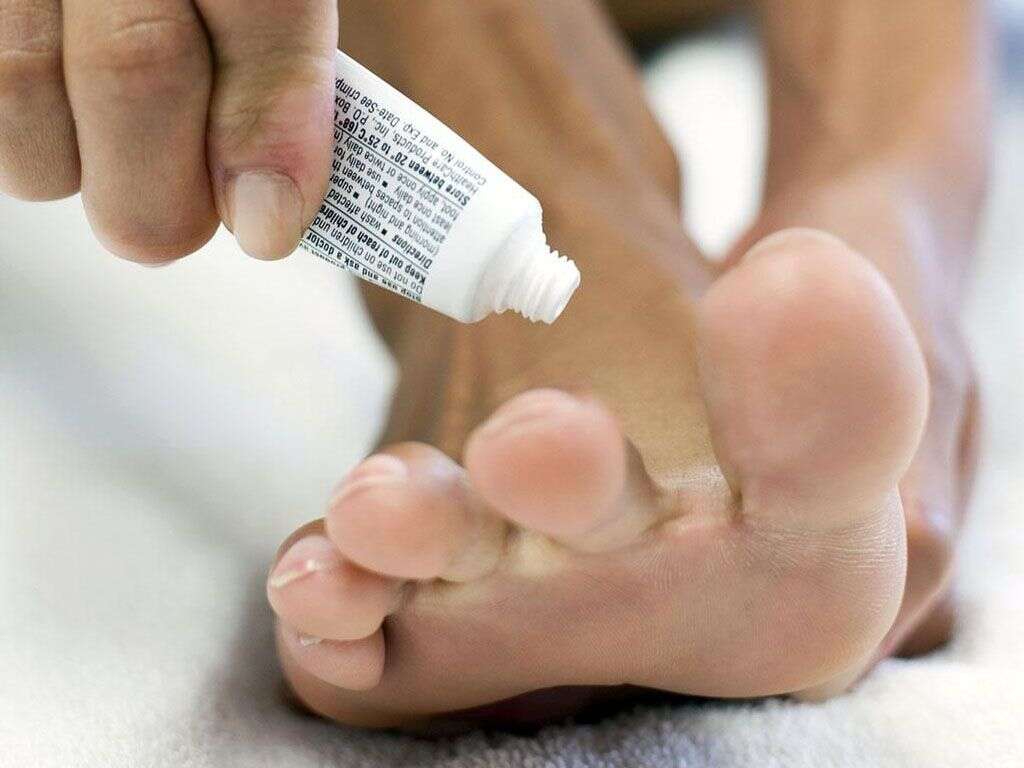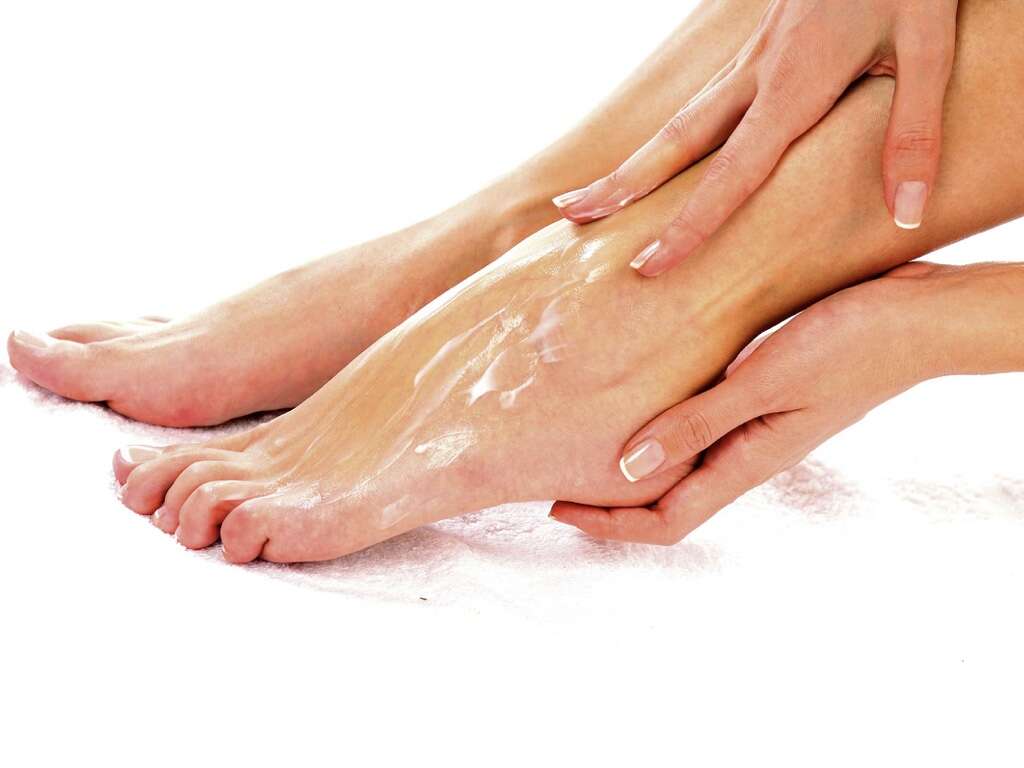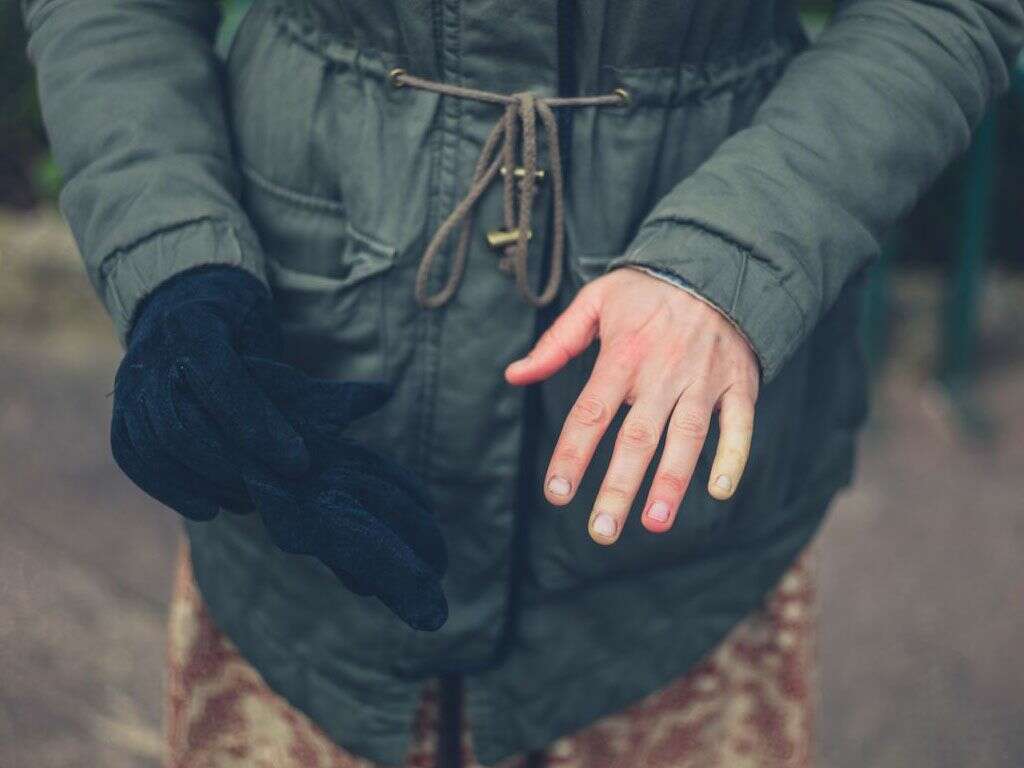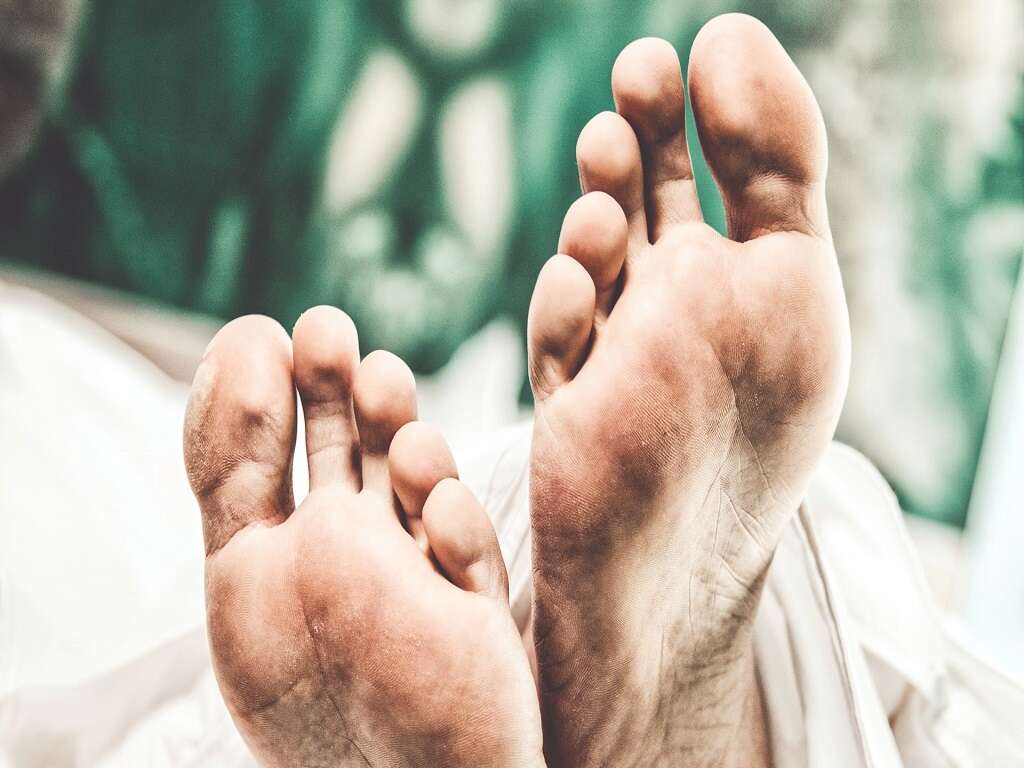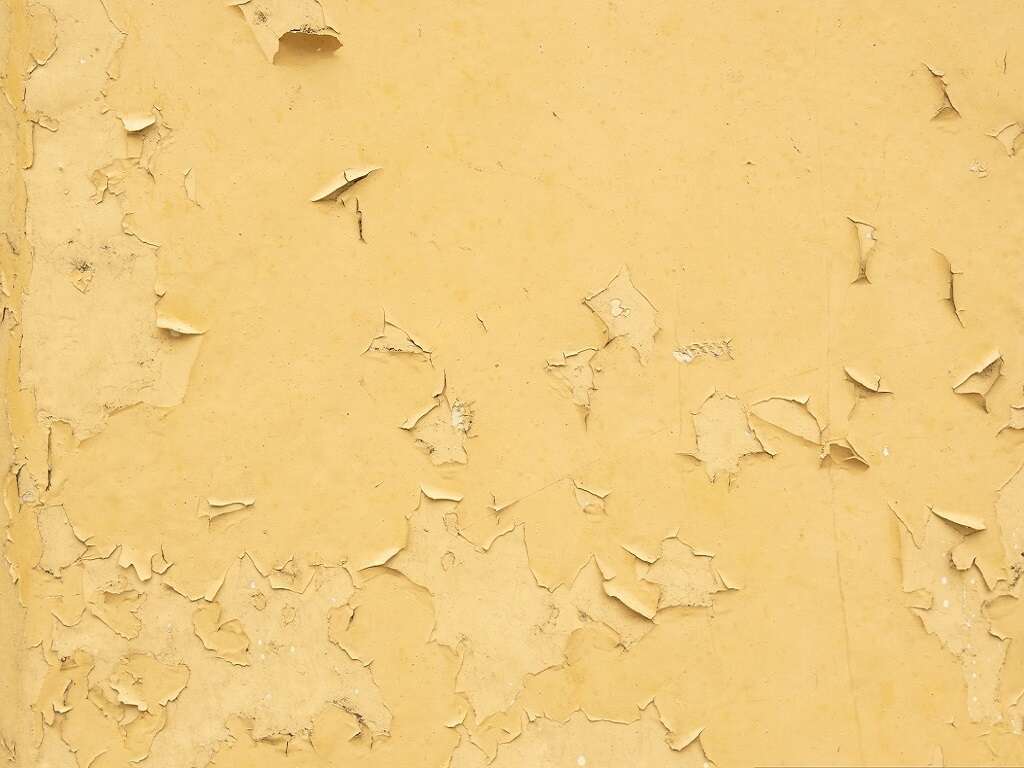What Is Tinea Pedis?
 Article Sources
Article Sources
- 1. Gupta, AK et al. 'Optimal Management of Fungal Infections of the Skin, Hair, and Nail.' External American Journal of Clinical Dermatology vol. 5,4 (2004): 225-37. doi:10.2165/00128071-200405040-00003.
- 2. Crawford, F. and S. Hollis. Topical Treatments for Fungal Infections of the Skin and Nails of the Foot. Cochrane Database of Systematic Reviews vol. 18,3 (2007): CD001434. doi:10.1002/14651858.CD001434.pub2.
- 3. Gupta, A.K. and E.A. Cooper. Update in Antifungal Therapy of Dermatophytosis. Mycopathologia vol. 166,5-6 (2008): 353. doi:10.1007/s11046-008-9109-0.
5. Signs & Symptoms
Tinea pedis often presents as an asymmetrical rash on one or both feet in the form of blisters or erosions. Frequently, the condition starts in the area between the fourth and fifth toes. If T. rubrum is the causal fungus, it leads to the moccasin type rash, which appears as scaling and dryness on the sole and sides of the foot.
The infection can also result in blisters that erupt on the inner area of the foot. These blisters tend to be small to medium in size. Rarely, athlete’s foot leads to fluid-filled pustules or ulcerations and oozing in the space between the toes.
Advertisement



